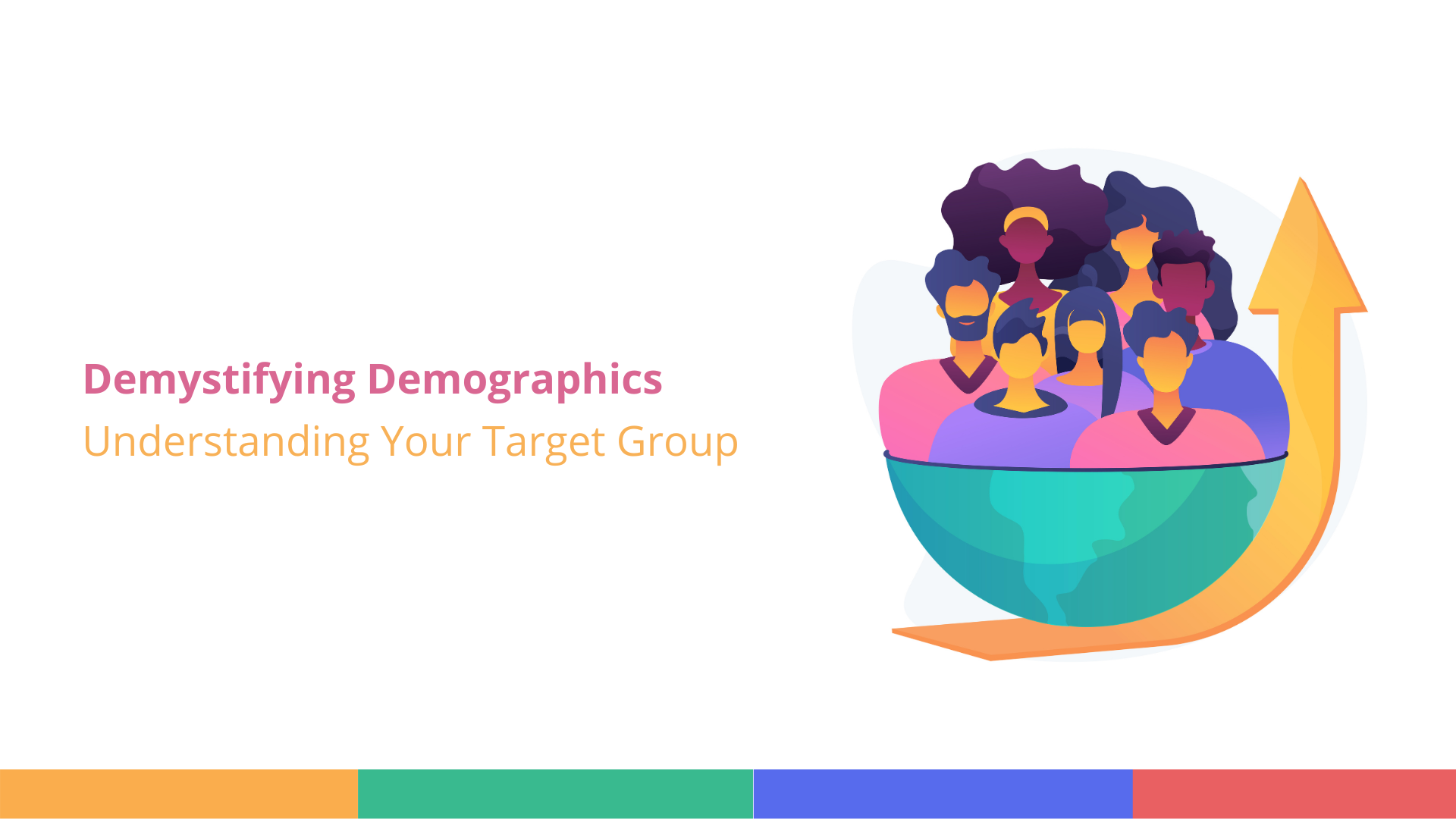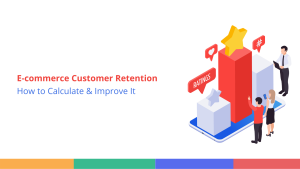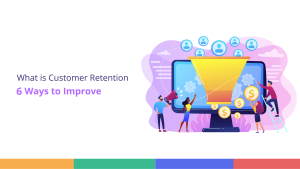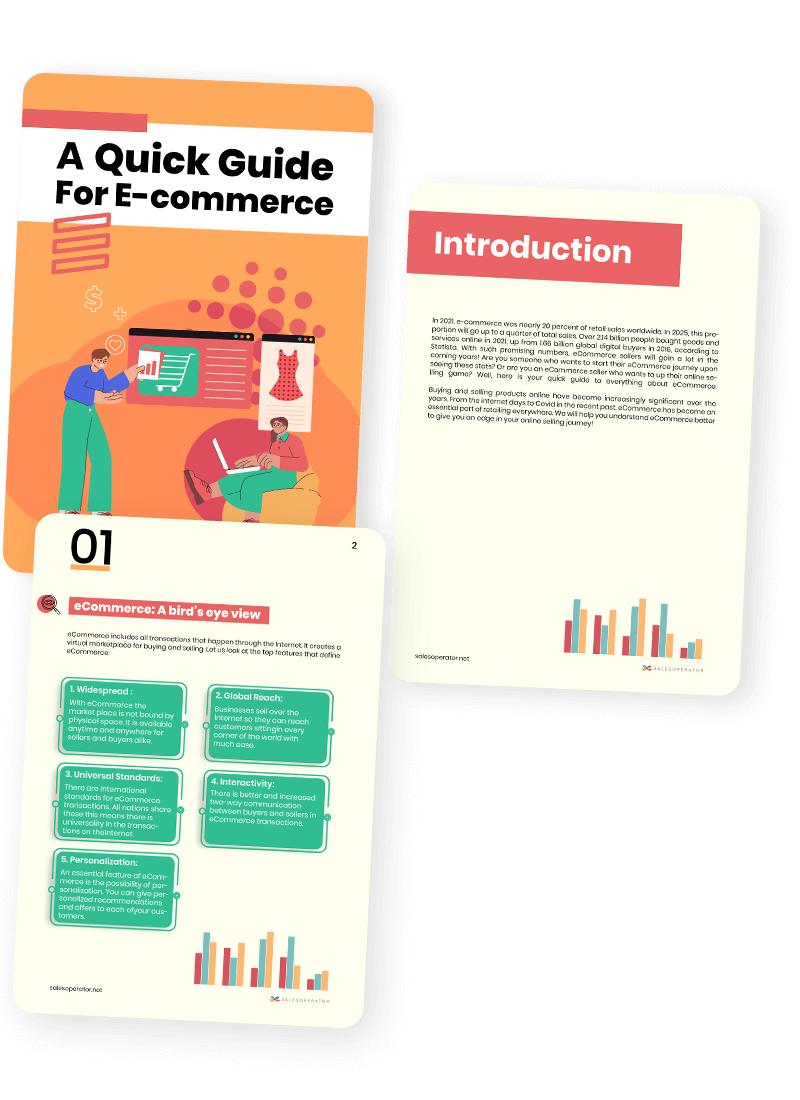Success in any business depends on how well you know your customers. Unless as a seller you don’t understand your customers, what are their preferences, what are they looking for, what is their potential age, gender, geographical location, what they prefer to buy, and their shopping behavior; you cannot hope to grow your business. All of these factors sound simple, but they contribute significantly to customer experience. Customers Demographics details of are like knowing the secret code to make them happy and buy more.
Having an idea about their age, gender, and where they live gives you clues about what they like and how they shop. It helps create a buyer’s persona of the target group. It assists you in creating UI/UX and product offerings that easily connect with them. You can easily establish a special bond that helps your online store do really well.
Why Customers Demographics Matter
Customers Demographics is like a compass that guides your business decisions. Many people mistakenly limit it only to data, it’s more than just numbers; it’s about understanding the people behind those figures. Age and gender, for instance, provide a foundation for segmentation. Segmenting your audience into distinct groups allows you to create personalized offerings and messages, which resonate with each segment’s unique characteristics.
Age And Gender Dynamics
Age and gender are two crucial demographics that affect consumer behaviors and preferences. Sellers need to understand how different age groups exhibit distinct purchasing patterns, technological aptitudes, buying preferences, and communication preferences. Take, for instance, millennials who are more towards gadgets, and they may have impulsive buying tendencies. On the other hand, middle or higher age people may seek detailed product information.
Similarly, gender can also influence preferences, guiding product offerings and marketing narratives to cater to specific sensibilities.
5 Ways to Understand Customers
Here are five ways that can help you to know your customer better:
First, you can paint a vivid picture of an ideal customer portrait using demographic data like age and gender, then segment your audience into distinct target groups like “Young Adults (18-25)” or “Middle-Aged Women.”
Second, you can think of gathering insights through surveys and research to understand their behaviors and preferences. It helps in creating custom ecommerce strategies by helping you design tailored user experiences, content, and communication channels that resonate well with each customer segment. Also, you can craft relevant content, select appropriate communication channels, and refine your strategy based on feedback. To gain insights into the preferences and priorities of your current customers demographics, engage in a proactive approach: ask them directly about what they are looking for and how they feel about the brand. Simple surveys can prove to be valuable tools in this endeavor, offering you valuable information about their needs and desires.
However, it’s crucial to strike a balance between gathering information and respecting their privacy. Instead of bombarding them with a multitude of invasive questions all at once, it’s recommended to follow a more strategic approach.
Third, now develop detailed personas that go beyond Customers demographics, focusing on their daily lives, aspirations, and challenges. Imagine their typical day, how they interact, and what their pain points are. The more you understand customers’ behavior, and what they need but aren’t getting, the easier it will be for you to address their needs and resolve pain points.
Understanding their lifestyles, and professions, and identifying the gaps in meeting their needs can offer a wealth of information. As deeply you understand customers, you’ll be able to anticipate their future requirements.
Fourth, communicate your messages that perfectly align with their aspirations and resonate with them, fostering a stronger connection between your brand and the audience. It’s a proactive approach is a pathway to improved user engagement, higher customer satisfaction, and a more impactful marketing strategy overall.
Fifth, now the million-dollar question arises of how to access data and get insights. Many ecommerce tools and technologies have come that can help you track the entire customer journey and provide you with relevant data-driven insights about customers. For example, using an order and inventory management software system can throw interesting customer insights, like what kind of products are selling more.
Final Words
Categorizing and understanding your target audience beyond basic demographics allows your ecommerce business to flourish by building a more profound understanding of who your customers are, what they truly seek, and how your offerings can seamlessly integrate into their lives.




